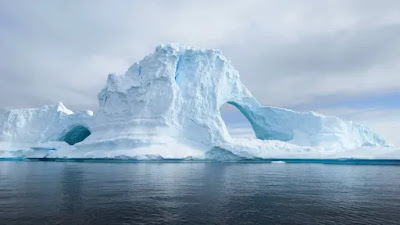To best combat the environmental issues we are now facing, it may be helpful to understand some of the top problems that cause harm to our environment. These include:
Oil drilling: Our culture, as a whole, has an addiction and dependence on fossil fuel. Unfortunately, however, this is also one of the top contributors to environmental harm as oil spills and offshore drilling destroy marine life, suffocate the earth with toxins, and increase atmospheric carbon dioxide, which aids in global warming and ocean acidification.
Deforestation: Wildlife extinction happens as a result of cutting down trees for human benefit. As millions of acres of forest are being cut down, creatures are being forced out of their habitat, and thus, their survival rates significantly diminish.
Plastic goods production: Much of the waste that creates devastating effects on the planet occurs from plastic consumption. In fact, over 1 million plastic bottles are sold per minute with 91% of these plastic bottles never being recycled. This results in over 8 million tons of plastic being dumped into the ocean every year. Furthermore, the energy resources needed to produce plastic causes an increase in air and water pollution. I’m fact, millions of barrels of liquid petroleum gases (LPG) and natural gas liquids (NGL) are used in the U.S. alone to produce plastic goods.
The Importance of Environmental Awareness
Obviously preserving our planet is important but, really, how important can it be? To answer this question it would be best to take a look at just how damaging environmental pollution can be not only for the planet but for your own health.
To start off with, the concentrations of greenhouse gases are continually increasing, even by more than a third since the industrial revolution. What this means is that as greenhouse gases increase, global temperatures rise and a myriad of other consequences are encountered, such as:
Melting glaciers and severe droughts that bring on more water shortages and increase the risk of wildfires
Rising sea levels that bring on coastal flooding, especially in Florida and the Gulf of Mexico
Increasing pests, heat waves, and heavy downpours in forests, farms, and cities which can damage or destroy agriculture and fisheries.
Growing rate at which coral reefs are destroyed and, thus, the rate at which plants and animals become extinct.
Rising rates of allergies, asthma, and infectious diseases as a result of increased pollen-producing ragweed, an increased level of air pollution, and favorable conditions in which pathogens and mosquitos can grow.
Furthermore, without environmental awareness and proactive measures being taken to preserve our planet, everyone is subject to breath in increasingly poor air quality which translates to an increase in serious health concerns for humans.
How to Promote Environmental Awareness
While Earth Day is celebrated on April 22nd every year, it is vital to the health of our planet that we cultivate a deeper awareness of how to preserve our planet all other days of the year, as well. Some ways in which you can promote environmental awareness and include:
Going paperless: Online services are extremely eco friendly and can reduce the amount of paper needed to print your bills and reminders. Therefore, opt for paperless billing when you can.
Educating your kids: One of the most effective ways to prevent future destruction of the environment starts at home. Teach your kids the three R’s- Reduce, Reuse, Recycle, and the importance of keeping the earth clean. Kids that implement these practices from an early age will increase the chances of the planet surviving in the future.
Contributing to an environmental awareness cause: Putting some extra time or money into a cause that promotes a greener environment will not only help the planet but will also make you feel good about your contribution, too.
Implementing green strategies: One of the best ways to help the survival of our planet is to start buying more reusable items and recycling. Reducing your usage of plastic water bottles greatly reduces the amount of carbon footprint you leave on the planet. Because plastic water bottles take hundreds of years to decompose in landfills, opting for a cleaner solution, such as buying aluminum or glass water bottles instead, will help free up the landfills and promote healthier air quality.












